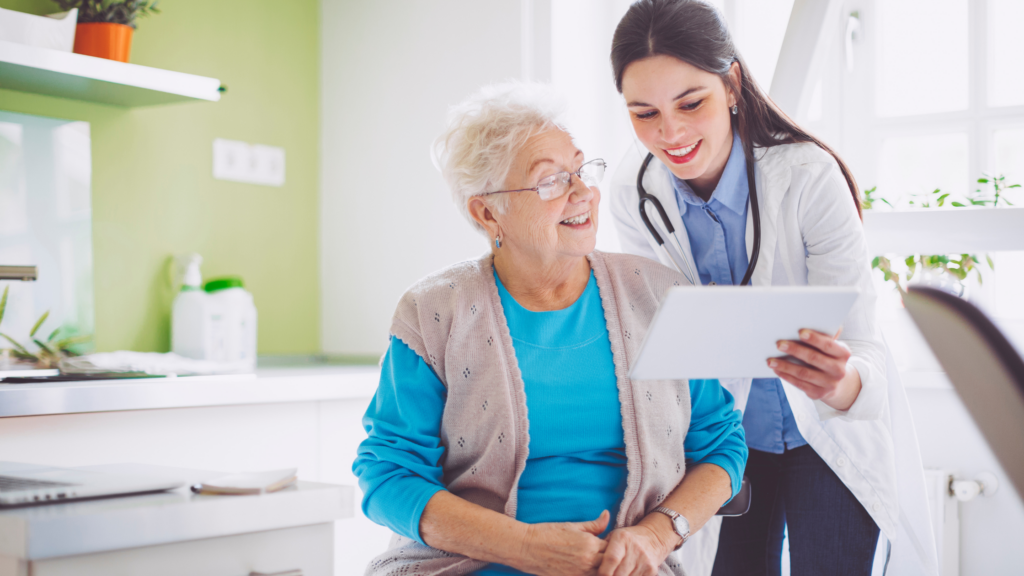DirectTrust recently hosted their second annual Summit (recordings still available), an event focused on connecting DirectTrust members and non-members with some of the nation’s greatest healthcare and interoperability experts. Healthcare IT Today featured the presentation in a recent article.
“One outstanding session was A Case Study in Automated Data Exchange Between EMS and Hospitals submitted by Kno2, a longstanding member and contributing participant,” said Scott Stuewe, president and CEO of DirectTrust. “Their approach to interoperability with efficient and affordable ways to drive connectivity using existing healthcare exchange standards is innovative and we’re thrilled to have shared this use case with attendees.”
Alan Swenson, VP of Interoperability for Kno2, led the introduction of speakers who included Dane Meuler of Kno2, Tiffany Moran of Roanoke Fire and EMS, and Michael Patock from ImageTrend. these IT and EMS professionals gathered to discuss how Carilion Clinic and their surrounding Emergency Medical Services (EMS) agencies improved transmission data.
“The biggest challenge was paper,” Moran says. “There was lots and lots of paper.” Moran highlighted the challenges with the current workflow:
- Lost or misplaced documents, and third-party delays and costs
- Delays caused by the scanning of paper documents to patient charts
- Paramedic notes were not easily or quickly accessible during patient visits or stays
Michael Patock, VP of product management for ImageTrend, says “hospitals and EMS are a light switch away from data exchange because hospitals already use Direct Secure Messaging embedded in their EHR and EMS agencies are beginning to use that same standard.” By leveraging the Direct Standard for secure transfer, EMS is able to automate the sending of the electronic PCR (ePCR) directly to the hospital. At the hospital, data is used for patient matching and then the ePCR is “ingested” into the patient chart.
Moran shared two instant benefits: immediate reporting and increased EMS efficiency. The information exchange between EMS and hospitals was fast and medics recognized the benefits immediately. “It truly just worked,” she says. “It also improves safety for EMS personnel because medics can leave the ED quickly and submit their reports from the ambulance, which reduces risk of exposure to COVID.”
“The next steps are to leverage additional healthcare standards to further automate the EMS workflow,” says Patock. More than 600,000 doctors, 50,000 clinics and 1,900 hospitals are Carequality Interoperability Framework Adopters for query-based exchange, and flipping that light switch will allow for increased data sharing in the pre-hospital to hospital care stages.
Patock explains two types of queries: Treatment and Operations. Treatment query will provide medics with access to medications, allergies and care plans, which allow them to provide more customized care and saves documentation time because the data can be ingested into the ePCR. Operations query will provide details about care summaries and patient payment information for reimbursement. The operations query can be used for education and training to view how field care affected hospital care, and allows medics to view outcome information in the discharge summary.
Kno2’s Swenson provides some final observations. He says there are two big sides to discuss when we talk to a hospital to put this connectivity in place, clinical workflows and IT. He continues, “leveraging healthcare standards that EHRs already support, namely Direct Secure Messaging and query-based record exchange through Carequality and CommonWell Health Alliance®, enable health systems like Carilion to avoid one-off point-to-point connections, and instead connect through these methods that already tie into existing workflows, requiring very little, if any work to actually connect.”
Direct Secure Messaging is scalable. The Carilion use case shows how one health system with a single EHR across all their hospitals connected to a handful of agencies that transport into those facilities, but across the country there are 5700 hospitals and over 18K EMS agencies that can apply this same use case. We know hospitals likely have the capability to use the Direct Standard, and when the agencies have it too, “it’s simply a test message away from working”.
Swenson takes it one step further and says regardless of healthcare sector, skilled nursing, home care, hospice, behavioral health, therapies, ambulatory or vision, the concept is the same. Swenson states, “we just need to drive awareness to end users on what they are already able to do, enable connectivity where it’s lacking and leverage existing healthcare interoperability standards like Direct Secure Messaging and query-based record exchange to eliminate the billions of fax pages being exchanged in healthcare today.”
Since the DirectTrust Summit, ImageTrend announced automated treatment query via Kno2’s connection to Carequality. If you’d like to watch a recording of the session described above, you can register and watch all the DirectTrust Summit recordings.







